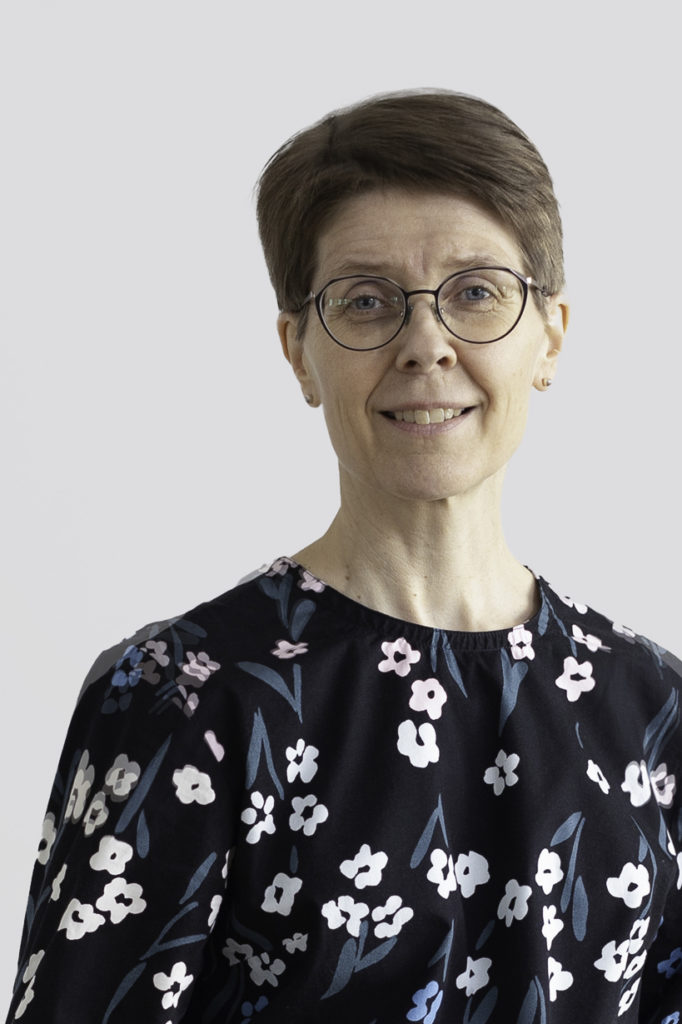Expert: Restricting fellings does not count as sustainable use of forests

Carbon sinks in Europe are decreasing. However, Finnish expert says this does not give grounds for restricting fellings.
According to calculations, forests and wood products offset about ten percent of the total greenhouse gas emissions in the European Union. Yet many studies show that the carbon sinks are decreasing.
’The natural carbon sinks have become more vulnerable; land and oceans sinks are impacted by climate change. We need to radically reduce fossil fuel emissions, rather than rely on natural sinks,’ wrote Dr Philippe Ciais and Dr Werner L. Kutsch last autumn in the first issue of the European Greenhouse Gas Bulletin Fluxes, published by ICOS.
Finland, one of the most widely forested countries in Europe, also recently received a report that its carbon sinks had shrunk considerably from previous levels. This is due to increased fellings and the slowing down of forest growth.
Senior Forest Management Specialist Markku Remes at the Finnish Forest Centre has bags full of ways to respond to the challenge posed to the Finnish forest sector as a result of the report published by Natural Resources Finland (Luke) in December.
Remes’ recipe for mending matters is to invest in forest management.
’High-quality forest regeneration, timely tending of young stands and fertilization to ensure tree health,’ Remes lists.
Forest fertilization has been proposed before; see, for example, the interview with Ilkka Hämälä, President and CEO of Metsä Group, in forest.fi last spring.
’To safeguard the carbon sinks it is important to be able to use ash for fertilization and also to increase fertilization to boost growth in certain areas,’ Remes says.
Forests continue to absorb large amounts of carbon
According to the Luke report, Finnish forests still function as carbon sinks. However, owing to the decrease, forests no longer offset the carbon emissions from lands used for other purposes. Remes also wants to highlight some more traditional methods of forest management.

’The best way to strengthen carbon sinks is to take into account the specific conditions of each growth site,’ says Markku Remes.
To bear in mind the site conditions means, among other things, selecting the appropriate tree species, so that the new stand will get off to a good start.
About one quarter of the Finnish forests grow on peatlands. These soils have been a topic of debate ever since Luke reported that carbon dioxide emissions from drained peatlands were increasing.
Remes notes that in future, the use of natural regeneration methods will be increased on peatlands.
Finnish forests are ageing
An important factor that slows down forest growth is that the pine forests in the north of Finland are ageing. Remes knows this cannot be changed very rapidly.
’The decrease of growth due to age structure will probably continue even in the future. It is unlikely that The length of growing season, temperature sum and precipitation would have to change significantly and favourably enough for the growth rate to improve significantly, and this is unlikely,’ Remes says.
However, Remes is not in favour of restricting fellings in commercial forests.
’Wood-based products from forests are so important for replacing fossil raw materials that restricting fellings is not sustainable with regard to mitigating climate change. As an example, we must carry out plenty of first thinnings in the near future,’ Remes says.
In Finland, four new trees are planted to replace each tree felled.
Political skirmish about forests
Before the most recent carbon sink calculation, Luke modified the methods used. As a result, the figure calculated for soil emissions from forest land increased, thus decreasing the figure for net sinks.
The most important change was that the figure for emissions from forested peat soils was higher. This was because the impact of global warming on the disintegration of peat and litter was now taken into account.
The modified calculation caused some debate in January: in preparation for the parliamentary election in April, Chair of the National Coalition Party Petteri Orpo commented on Luke’s calculations about the collapse of carbon sinks. He found it odd that the calculations on the size of carbon sinks could vary so much.
’I simply can’t understand how the carbon sink calculations can vary to a quite incomprehensible extent, and then people get upset and rush headlong into all sorts of conclusions. This isn’t what should happen,’ Orpo said to the Helsingin Sanomat.
Remes finds that adopting the new method of calculating the carbon sinks was justified, since research and research methods do develop continuously.
’Adopting a new method becomes necessary when the scientific community has generated sufficiently solid peer reviews of its appropriateness and reliability,’ Remes points out.
At the same time, he reminds that the Finnish media and researchers have a responsibility to inform the public about the adoption of a new method.
’The public must be able to clearly and easily see that results based on the two different methods cannot be compared with each other, Remes notes.
’Our forests continue to be a significant carbon sink’
According to Remes, the most significant factor affecting the future of forests is the share of forests available to timber production.
If the extent of conservation sites and areas under other types of restricted use is significantly increased, this will decrease the total volume of fellings, even if forest management is intensified.
Remes says that even in vital issues one should never forget a sense of proportion, though important issues should, of course, be given due consideration.
’Our forests are still a significant carbon sink. We have taken good care of them,’ Remes says.
Remes is of the opinion that in the near future, forest carbon sinks are likely to decrease somewhat. There are no rapid means of increasing the carbon sinks in mineral and peatland soils.
’Hasty decisions taken in a panic may hamper the favourable development of future carbon sinks, Remes warns.
Forest Industries Federation: Decrease of growth must be taken seriously
Forest Director Karoliina Niemi of the Finnish Forest Industries Federation says that the slowing down of forest growth must be taken seriously, for vital and well-growing forests form a strong carbon sink.

Her recipe is to invest in forest growth. Forest management operations must be activated and their appropriate timing ensured.
’It’s important that all operations follow current forest management recommendations. On certain peatland sites, mainly rich spruce mires, we’re already moving increasingly to continuous growth to reduce emissions from the peat soil. Preventing forest damage will also become more important,’ Niemi says.
Will Luke’s calculations lead to measures by forest industry?
’Changes in forest sinks are naturally taken seriously. But with the long life cycle of forests we should be wary of taking hasty decisions. Active and timely forest management is what the forest industry aims at, too. The whole forest sector must join forces to see that this happens.’
’The very first thing is to make sure that after a regeneration felling, the new stand will be created in short order. Fertilization is an important short-term measure to promote growth. At the same time, we are continuing to develop the methods of forest management appropriate for certain peatland sites,’ Niemi replies.